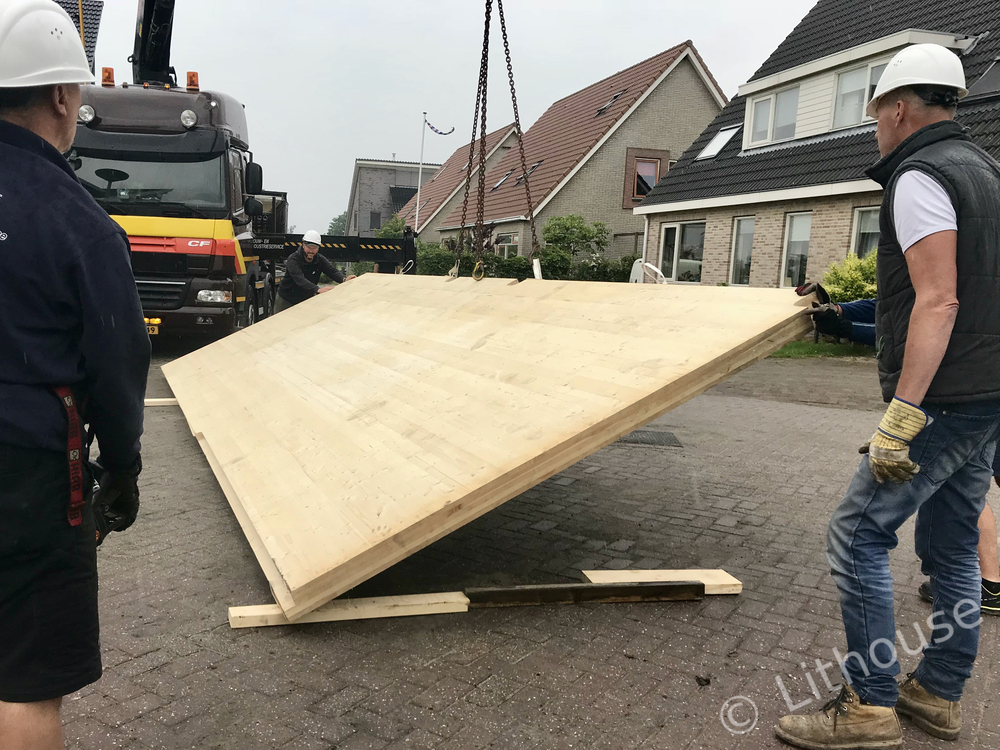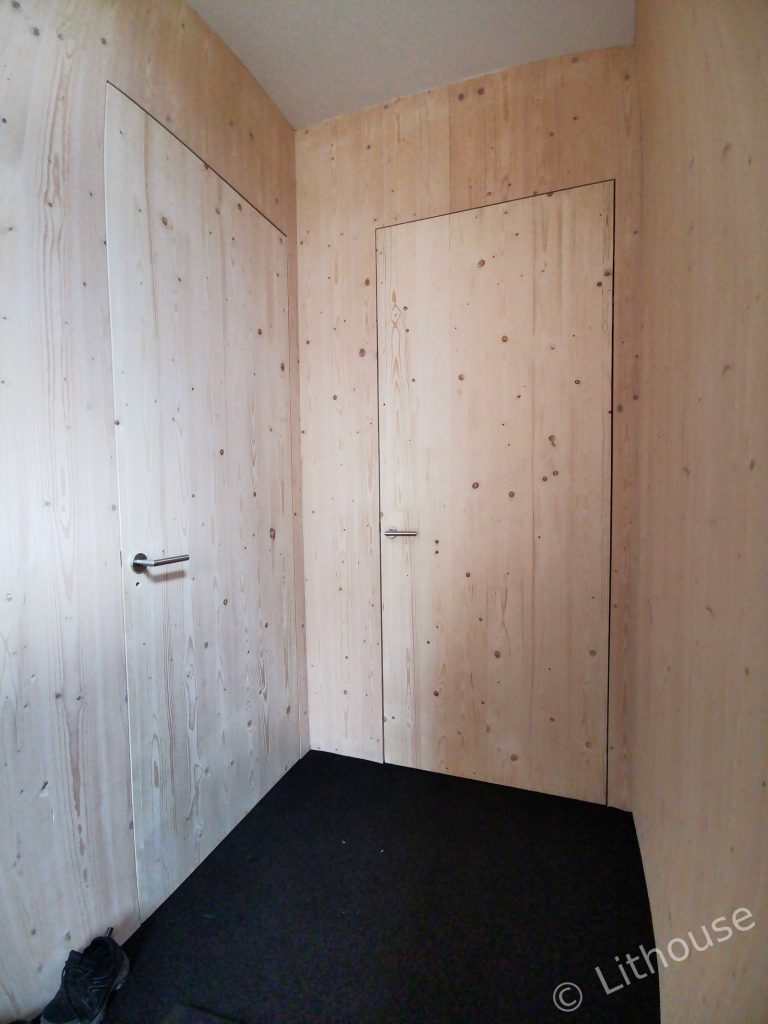CLT (Cross-Laminated Timber) houses are an innovative and sustainable form of construction that uses engineered wood panels made by stacking several layers of timber boards in alternating directions and bonding them with adhesives. This construction technique provides significant strength and stability, making it suitable for building homes, apartment complexes, and even high-rise buildings.

Advantages of CLT Houses:
Sustainability:
CLT is made from timber, which is a renewable resource. The production of CLT emits far less CO₂ compared to traditional building materials like concrete or steel, and it also stores carbon throughout its lifecycle, contributing to lower overall greenhouse gas emissions.
Strength and Durability:
Despite being made of wood, CLT panels are extremely strong and can support substantial loads. The cross-laminated structure gives the material resistance to bending, warping, or shrinking, making it highly durable.
Speed of Construction:
CLT panels are prefabricated in factories, allowing them to be manufactured with precision and shipped directly to the construction site. This significantly reduces the time spent on-site, allowing for quicker assembly compared to conventional construction methods.

Thermal Insulation:
Wood is a natural insulator, and CLT panels provide excellent thermal performance. This can reduce the need for additional insulation, leading to more energy-efficient homes with lower heating and cooling costs.
Fire Resistance:
Contrary to what many might expect from wood-based construction, CLT panels have a high level of fire resistance. The thick layers of timber char slowly in the event of a fire, forming a protective layer that slows down the spread of flames.
Acoustic Performance:
CLT houses offer good sound insulation, which makes them ideal for urban settings or multi-family dwellings. The density and structure of the panels help to reduce noise transmission between rooms and floors.
Design Flexibility:
CLT panels can be cut into various shapes and sizes, offering a great deal of architectural flexibility. This allows for unique and modern designs, including large open spaces and complex geometries that might be difficult to achieve with traditional materials.

Reduced Foundation Requirements:
Since CLT is much lighter than materials like concrete or steel, the foundation requirements are reduced, which can result in cost savings and a smaller environmental footprint during the construction process.
Lower Waste and Environmental Impact:
The prefabrication process used for CLT leads to more efficient material usage, reducing waste on-site. Additionally, since wood is biodegradable, CLT construction has a smaller ecological impact compared to other building materials.
Conclusion:
CLT houses are an environmentally friendly and efficient solution for modern construction. With advantages such as sustainability, strength, fire resistance, and speed of construction, they are gaining popularity as an alternative to traditional building methods, especially in the context of eco-friendly architecture and reducing carbon footprints.